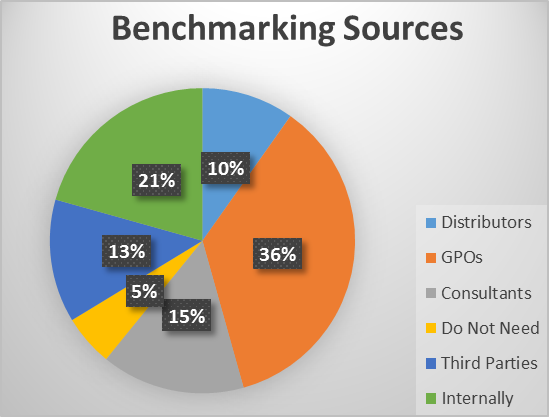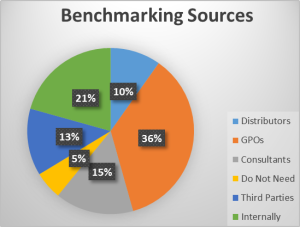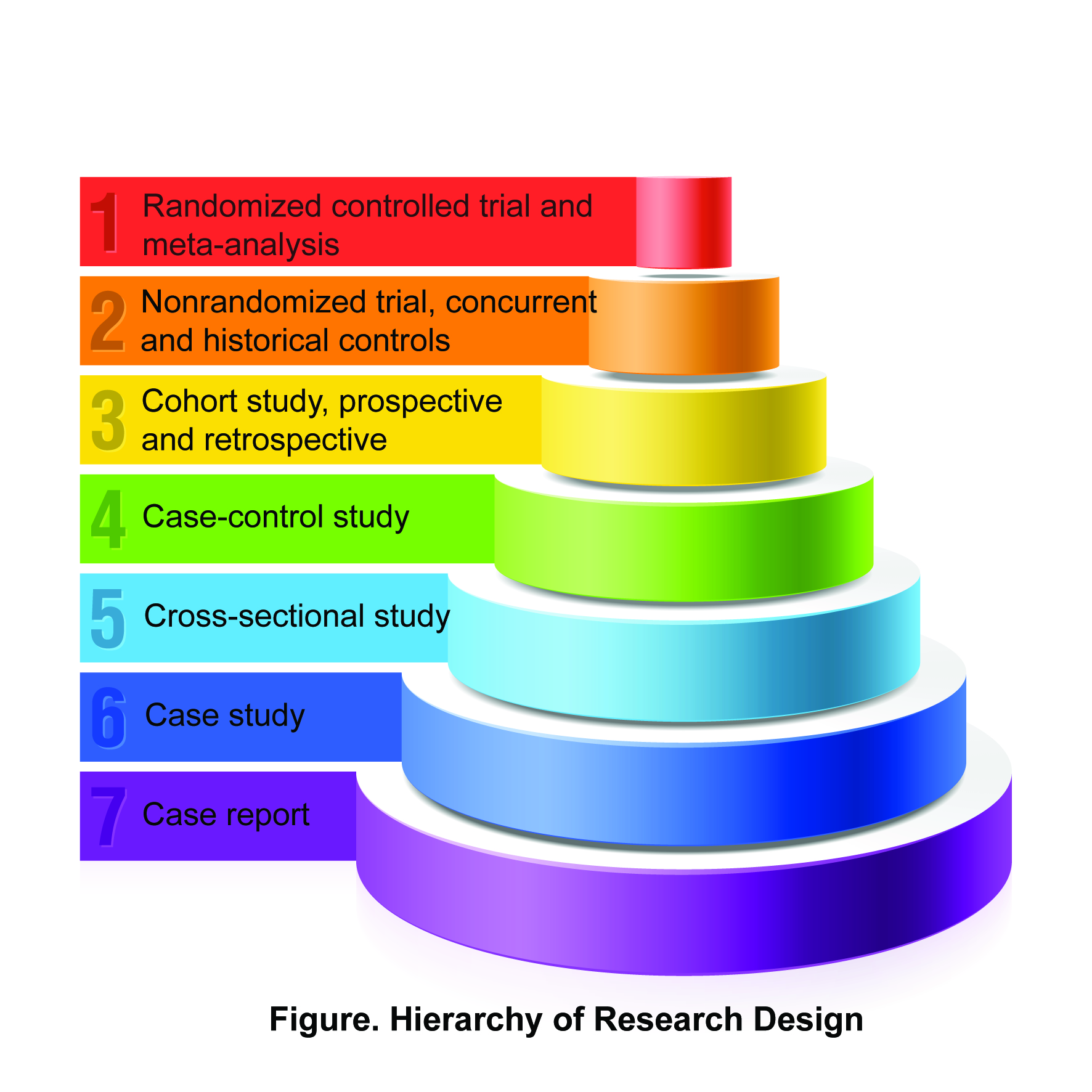Multiple benchmarking sources ensure that you are getting them right the first time.
Benchmarking is an art and a science, but there are some hard and fast rules that need to be followed to ensure the best results possible. One hard and fast rule is that multiple benchmarking sources ensure that you are getting them right the first time. To this end, make sure one of your benchmarking sources is a peer hospital.
Benchmarking Sources
A study we conducted some time ago shows that most healthcare organizations get 57% of their benchmarks from their GPOs and third parties. However, we have found that the best benchmarks are obtained from peer hospitals. This is because you have an opportunity to talk to these peers and discuss what is different about them that makes up their benchmarks. On the other hand, benchmarks obtained from your GPO, distributors, consultants, or third parties generally don’t permit you to talk to the source of the information that you are being provided. Hence, you don’t know what is behind the numbers. For instance, if you were to benchmark your I.V. sets’ usage you would need to ensure that you are comparing apples to apples. The only way you can understand what your peers’ I.V. practices are is by asking questions of them, such as, does your benchmark partner have an I.V. start team? What I.V. manufacturers are they using? Do they have a closed or open system?
Once answered, all of these questions will help you to decide if you are indeed comparing apples to apples. Or, do you have a mismatch?
Statistical Profile
Another way that we have found helpful to discover good benchmarking partners is to use a survey, which we call a Hospital Statistical Profile (HSP), to determine the operating characteristics of potential benchmarking partners. The HSP form requests annual operating statistics (i.e., patient days, adjusted patient days, discharges, operating procedures, etc.) along with questions about how potential partners do business, such as, what departments they outsource, to give us a good understanding of how they operate and at what intensity level.
We also visit their website to determine their clinical departments and specialties and if they have clinics or a nursing home, etc. This gives us additional information that helps us fully understand what our potential benchmarking partner is all about, such as, are they a trauma center (what level?), and do they have a cardiovascular center of excellence. You would be surprised what you can find out about a potential partner from their website.
All of this information, put together, gives us a clear picture of potential benchmarking partners’ hospital operations. We then match this partner to clients that have similar operating characteristics when we are benchmarking their commodity groups or anything else. You can do the same.
Your goal should be to find a benchmarking partner that looks like your own hospital statistically and operationally to get the best results. For example, if you are a community hospital you wouldn’t benchmark yourself against a teaching hospital, as this would be a mismatch. You need to find a community hospital in your town or region that looks a lot like yours.
Multiple Sources
One source or metric compared to itself isn’t always a reliable benchmark. That’s why we like to have multiple sources and multiple benchmarks in our database to ensure we are getting it right – the first time.
You, too, should make this a best practice!
We are now honing in on blood products as a new source of savings for our clients; therefore, we have been collecting blood product benchmarks from multiple sources – our clients, white papers, magazine articles, associations, etc. to make sure we are getting this metric right.
If we only decided to use, for instance, a benchmark from a magazine article, the chances are we would be wrong since, as I just said, every hospital has different operating characteristics. To hit the bull’s-eye, you need take this important factor into consideration.
To this end, we are always refining our benchmarks as we talk to our benchmark partners. Just the other day, we asked one of our clients how they got their blood products’ cost per patient day so low. They told us that they started a blood management program a few months ago. This is how we put context to our benchmarks that give them real meaning and credibility.
As you can see, there is a lot more to benchmarking than meets the eye, but you can never go wrong by having multiple benchmarking sources, along with peer hospital benchmarking partners, to ensure you are getting them right – the first time!






